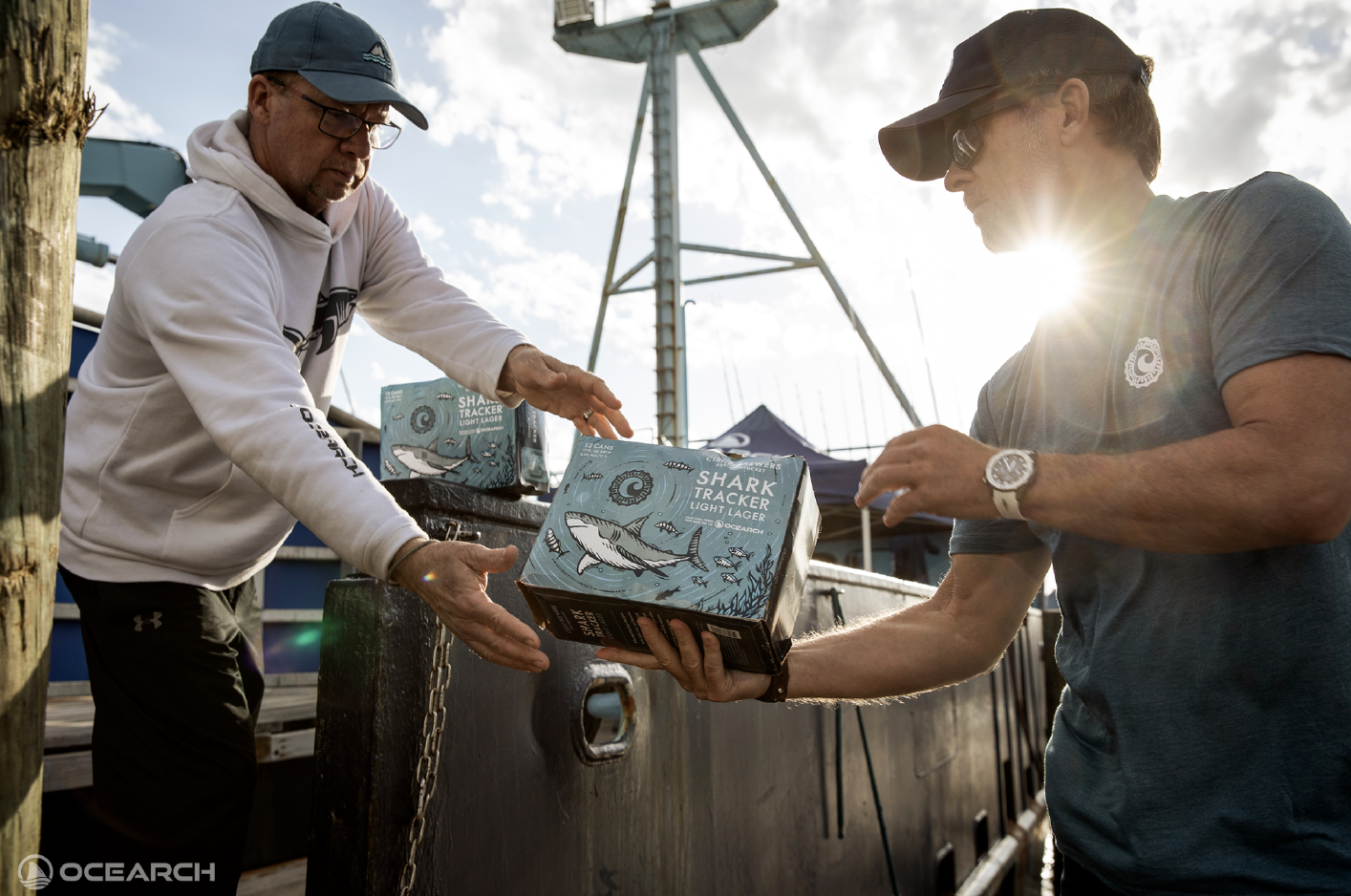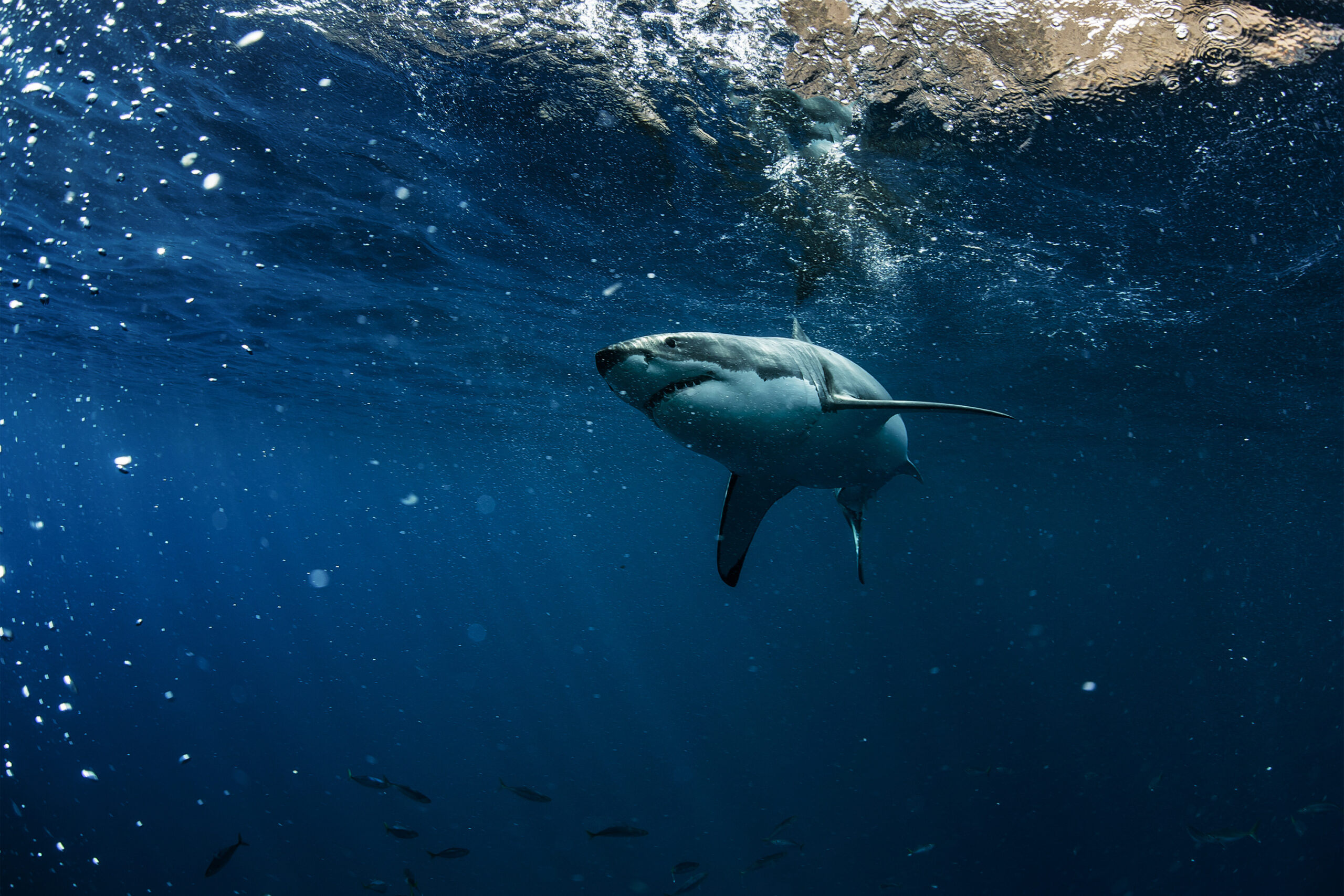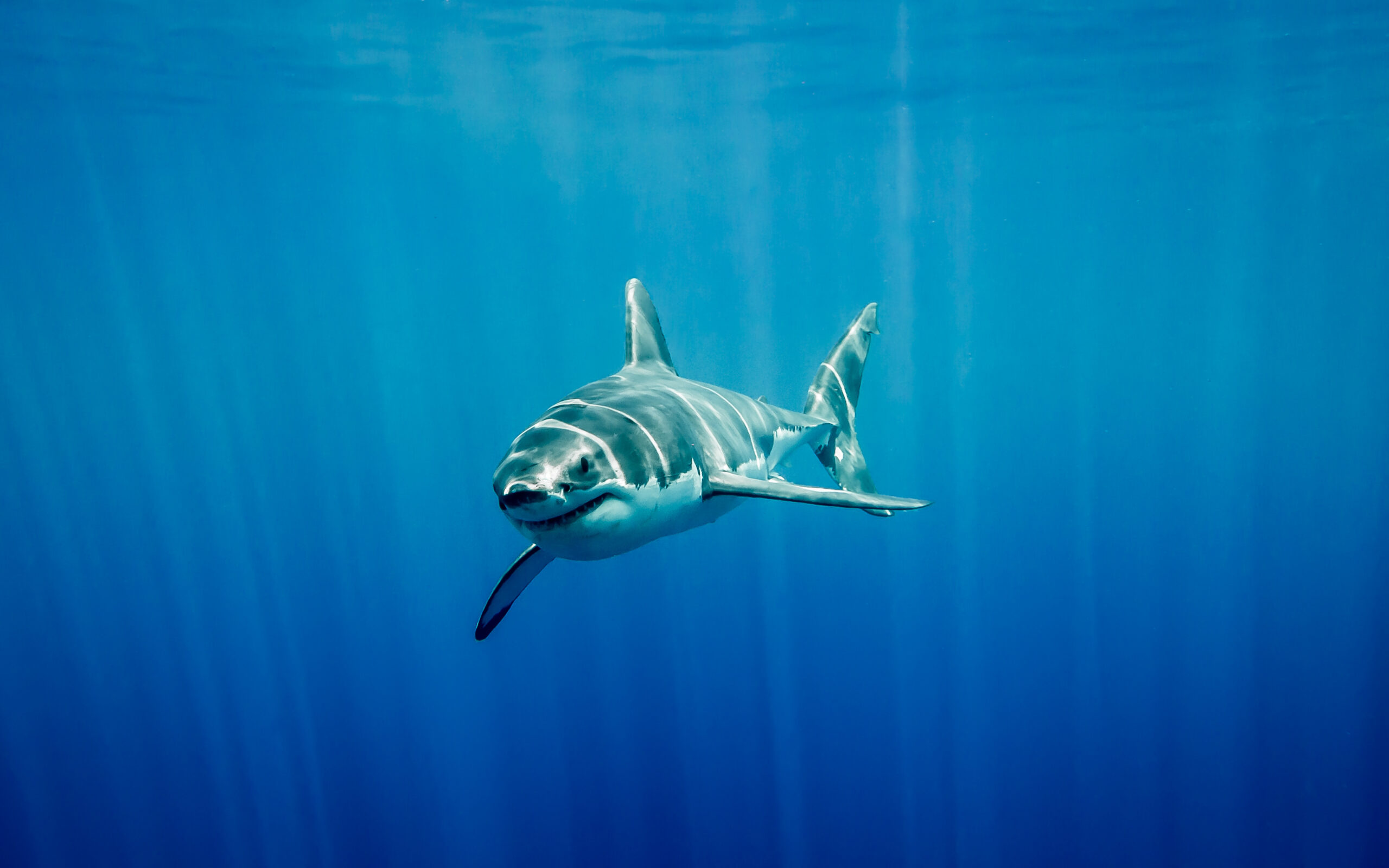Dive Into the Ocean’s Creepiest Creatures
When it comes to Halloween, most people think of ghosts and goblins—but the ocean has its own lineup of spooky stars. From glowing sharks to creatures with spring-loaded jaws, the deep sea is full of eerie adaptations. This Halloween, we’re diving into the spooky side of shark science to reveal how these “monsters” of the deep are actually marvels of evolution.
Spooky Shark Senses: Nature’s Superpowers
Sharks don’t need magic to sense their surroundings—they’ve evolved built-in “superpowers” that make them some of the most skilled hunters in the sea:
- Electroreception – Sharks detect faint electric fields produced by living animals. It’s like having a sixth sense!
Extraordinary Smell – Some species can detect just one drop of blood in an Olympic-sized pool.
Night Vision – Sharks’ eyes are adapted to see clearly in dark, murky waters—no flashlight needed.
The Lateral Line – This special line of sensors runs down their sides, detecting even the tiniest vibrations in the water.
These spooky senses make sharks masters of their domain—and perfect examples for teaching students about sensory biology, physics, and animal adaptations.
Discover more shark sense lessons at ocearch.org/education
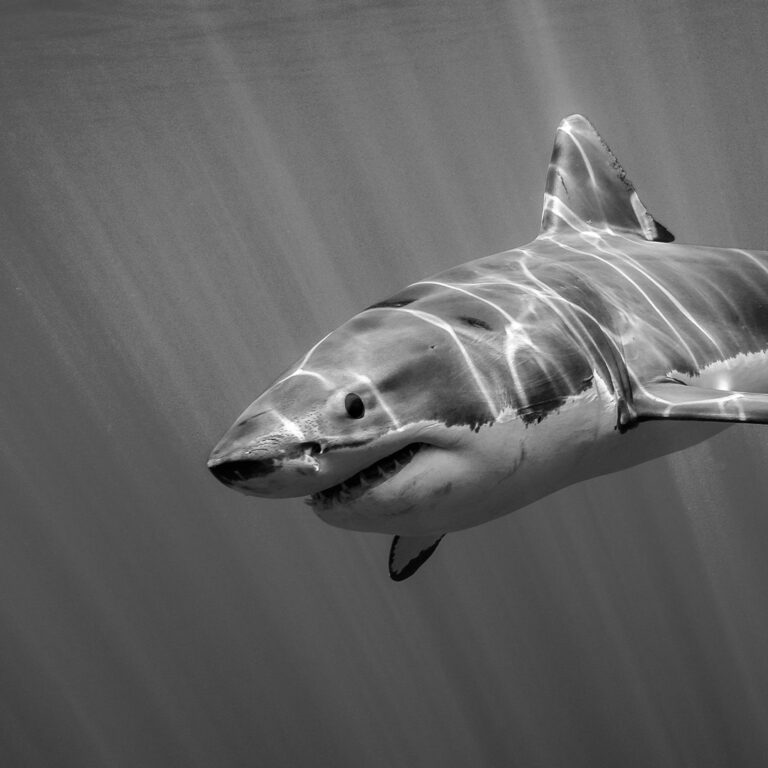
Spooky Species: Strange and Spectacular
Some sharks and rays sound like they belong in a horror movie—but each “creepy” feature is actually a brilliant adaptation for survival:
Goblin Shark – Its extendable jaw launches forward like a spring-loaded trap—an incredible example of biomechanics in action.
Blackbelly Lanternshark – Glowing photophores let it light up the deep sea to hunt and communicate.
Coffin Ray – This ray can generate electricity to shock its prey. Talk about electric energy!
Devil Ray – Its horn-like fins help funnel food into its mouth, a natural example of filter feeding.
Spookfish – With a transparent head and mirror-like eyes, it can look both up and sideways in total darkness.
They may sound spooky, but they’re perfectly designed for life in some of the harshest environments on Earth.
* Pictured Below: Spookfish
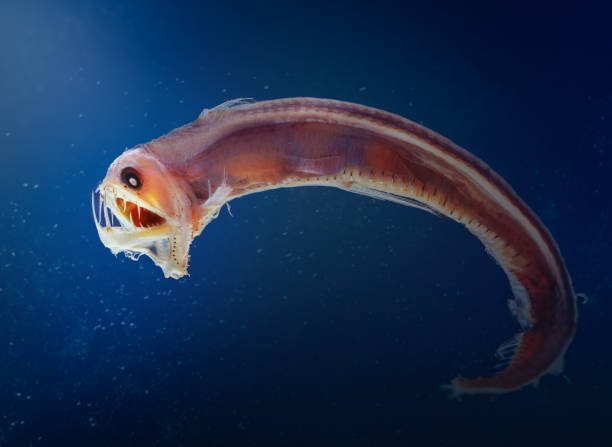
Spooky Shark Skeletons: No Bones About It
What’s scarier than a skeleton that isn’t made of bone? Sharks are built on a flexible, lightweight framework of cartilage—the same stuff that makes up your nose and ears!
- No Bones! Sharks’ skeletons are made entirely of cartilage.
Why Cartilage? It’s lighter and more flexible, helping them glide silently through the ocean.
Super Swimmers: Combined with their streamlined bodies, this makes sharks incredibly efficient predators.
Learn more about shark anatomy and movement at ocearch.org/sharks-and-skeletons
So this Halloween, when you think of something spooky, remember—sharks may seem scary, but every “frightening” feature has a purpose. They’re not monsters—they’re masterpieces of evolution, helping us better understand our oceans and the delicate balance within them.
Explore, learn, and celebrate the science of sharks at ocearch.org.


